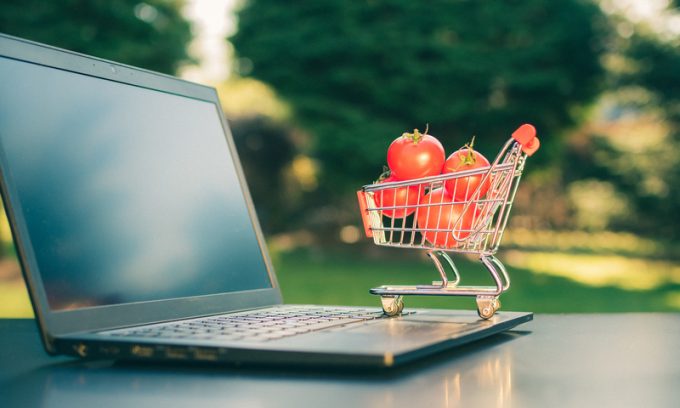Tariffs and de minimis set air freight rates on a volatile course
Airfreight rates are climbing as shippers rush to move goods before a potential trade war ...

Is online grocery shopping finally poised to burst into frantic action?
According to IGD, a UK-based training and research charity centred on the food and grocery business, the sector is going to experience rapid growth in the coming years.
A report that it has produced in association with the Consumer Goods Forum predicts 163% growth globally by 2023 – nearly four times the rate of any other channel.
The Asia-Pacific region is expected to lead the charge, growing by $198bn, an ...
Maersk Air Cargo sees volumes fall as it aims for 'margin in favour of revenue'
Keep our news independent, by supporting The Loadstar
Container spot rates diverge: to Europe still falling, but firmer to the US
Volume surge and an early peak season? 'Don't celebrate too soon,' warning
Hapag-Lloyd won't take bookings if port congestion leaves cargo stranded
Ecommerce likely the front-runner in resurge of transpacific trade after deal
China-US trade tariff pause could drive a rebound for transpacific rates
Airfreight players eye new routes as demand on the transpacific nosedives
Service chaos from trade ban with India a problem for Pakistan shippers
Airfreight rates ex-China 'loss-making', but hopes of a trade deal stay high
Serious threat to jobs in US logistics as tariffs cause economic 'stagflation'
Carriers impose 'emergency operation' surcharges on Pakistan cargo
White House u-turns see freighters flying but keep logistics players on their toes
15% rebate for box ships as Suez Canal Authority woos carriers
APMM floats along on 'solid' Q1 profitability in Ocean, well prepared for choppy water
MSC in terminal switch as Nhava Sheva gets strong start to new fiscal year

Comment on this article
Kuku
January 07, 2021 at 3:59 amthis will boost online business largly.
Willa Anderson
January 08, 2021 at 2:02 pmIan Putzger, that’s really informative and nicely present about the statistical data which represents clear idea about the growth in the Grocery industry. And after COVID-19 most of the business owners are aware of the trending technology as a mobile app. By developing an app for grocery business which not only expand the business but boost their business with good revenue in a pandemic. Because in its own grocery portal, a business owner can add almost all the products in one app with pricing and discounted offer. Here, I preferred to go with Moon Technolabs which provides all in one solution specially for Grocery industry where you can manage all the module such as stocks, purchase, sales, etc. in one app.
Apart, from that in the Grocery industry, there is required to have a mobile application to reach more and more users as every user have their own gadget with handy and on daily basis, they are using many applications and games frequently. So, within 5 years you can increase revenue by 74%.